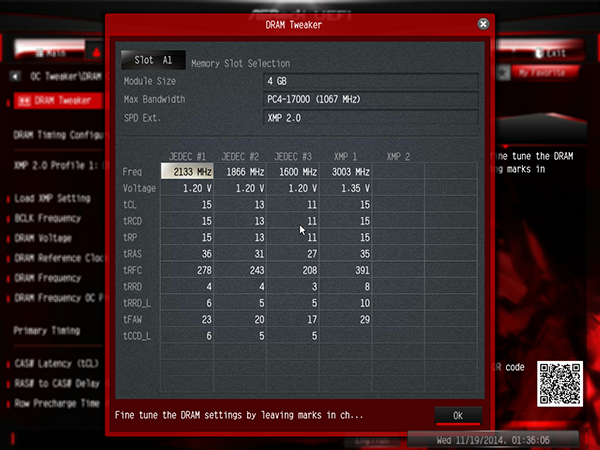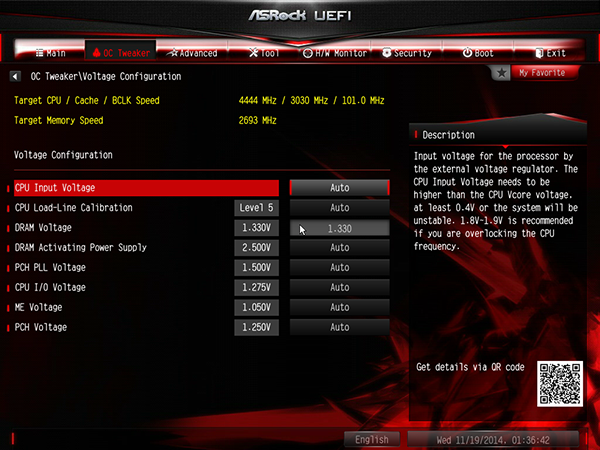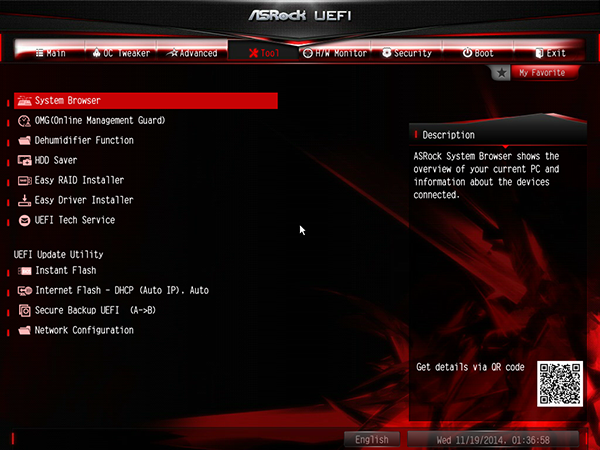ASRock X99M Extreme4 And Fatal1ty X99M Killer Review
ASRock is ready to take on EVGA in the battle for enthusiast-oriented microATX motherboards. Can the company best known for value conquer its gaming-centric competitor in overclocking and features, or will this be a pure pricing play?
Why you can trust Tom's Hardware
ASRock X99M Firmware
The difference between ASRock’s standard (X99M Extreme4) and Killer (Fatal1ty X99M Killer) firmware? Colors!
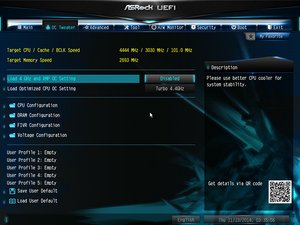
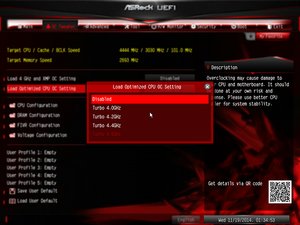
Both boards offer the same factory-programed overclocks and the same overclock settings. I preferred two of my red screen shots over the blue, but have included both in our photo album.
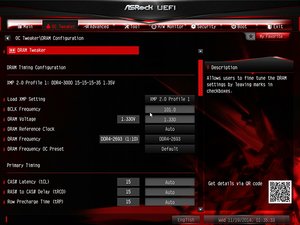
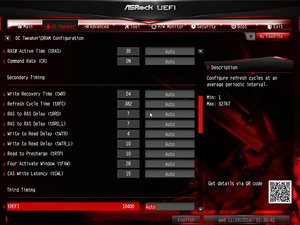
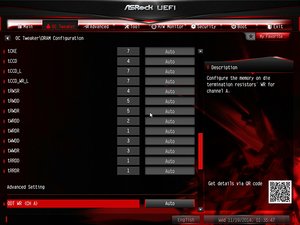
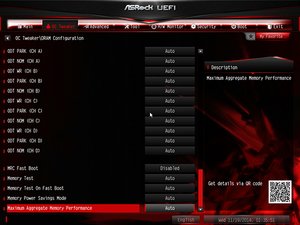
Like most motherboards, ASRock’s X99M series can read our memory’s XMP-3000 settings. But the processor’s maximum DRAM data rate of 26.66x requires that any X99 motherboard use a higher base clock to get there. A higher “boot strap” of 1.25x keeps system frequencies in check at a 125MHz BCLK, pairing it with a 24x multiplier to reach DDR4-3000. My final overclock yielded stability at DDR4-2975 by reducing the BCLK to 124MHz.
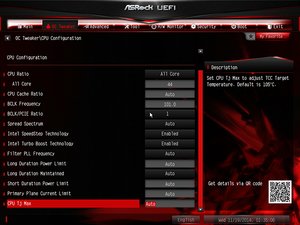
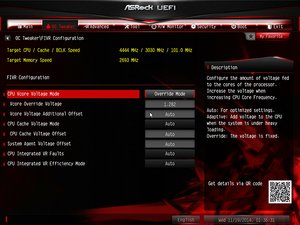
Both motherboards reached the same 4.45GHz at 101MHz BCLK and 1.28V, and neither was able to push this CPU to 4.5GHz at 1.30V. That makes sense because they have the same voltage regulator.
ASRock splits adjustments across separate menus for internal and external voltage controllers. Our DRAM reached 1.35V at both boards' 1.33V setting. The XMP default 1.35V resulted in too-high a voltage level (over 1.37V) to maintain high-frequency stability with this particular processor’s memory controller.
Useful firmware utilities include the five overclocking profiles from ASRock’s OC Tweaker menu, System Browser to show device connections, several utilities for extracting or downloading drivers to a thumb drive, firmware flashing and oddball functions like Dehumidifier, which heats the system up periodically to reduce condensation in damp environments.
Get Tom's Hardware's best news and in-depth reviews, straight to your inbox.
Current page: ASRock X99M Firmware
Prev Page ASRock X99M Series Motherboard Overview Next Page ASRock's Bundled Software-
Crashman Reply14730663 said:Just a quick error,
Chipset for all X99 boards is listed as Z97
Fixed, thanks. In case you're wondering, that type of error occurs from continuously recycling tables. -
HideOut To bad the killer model seems to suffer a high markup at amazon according to the green link.Reply -
Lutfij Nice work Thomas! Guess you were sitting on this board in your lab for some time now huh ? :D :)Reply
Anyways, good writeup and keep em coming. Now to find someone crazy enough to shell out on a X99 platform inside an N200 ... hmmm. -
Crashman Reply14733470 said:Nice work Thomas! Guess you were sitting on this board in your lab for some time now huh ? :D :)
Anyways, good writeup and keep em coming. Now to find someone crazy enough to shell out on a X99 platform inside an N200 ... hmmm.
It takes a couple weeks to get stuff published, unless there's an NDA and everyone puts everything else to the side. These would be among the stuff put to the side though :(
At least you knew it was coming :) -
Mac266 Reply14730952 said:
Fixed, thanks. In case you're wondering, that type of error occurs from continuously recycling tables.
Onya Crash. Nice review as well. -
m32 The ASRock Fatal1ty X99M Killer LGA 2011-v3 is selling for $250 ($230 AMIR) on Newegg. Amazon currently isn't selling it on Amazon, and 3rd parties are known to over mark products.Reply -
RedJaron Tom, what would it take to get ASRock to start putting more 4-pin fan headers on their boards? I love their products, been using a Z68 Ex4 Gen3 for three years and just built a friend's machine on an H97M Pro4. But I love quiet PCs. Having PWM signalling for all the chassis fans, and not just the CPU coolers, means it runs as quiet as possible during web surfing and other downtime.Reply
